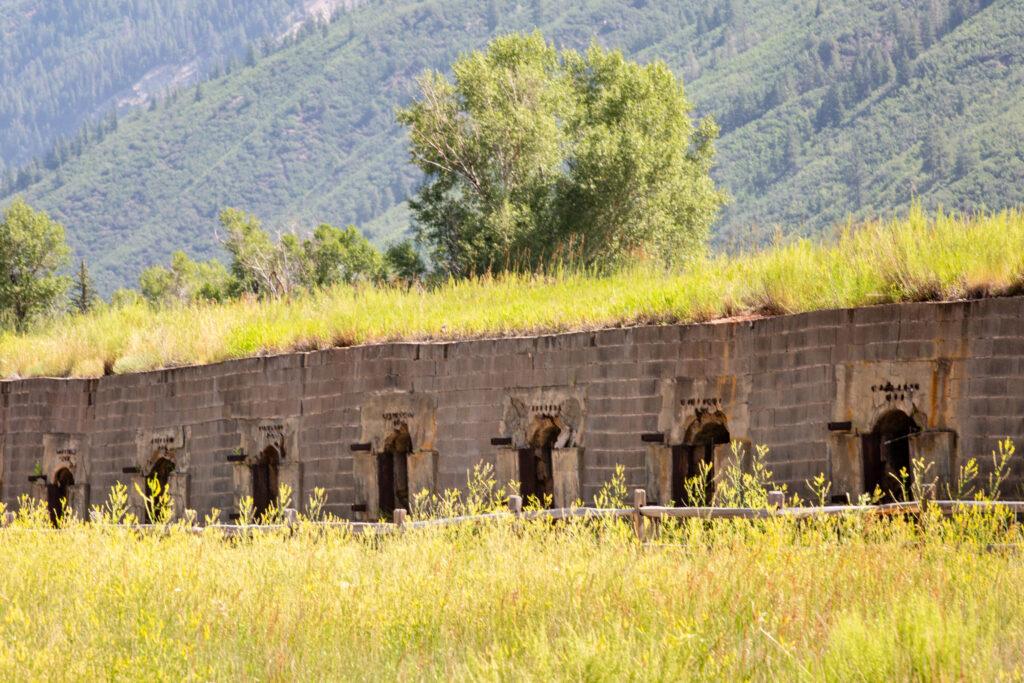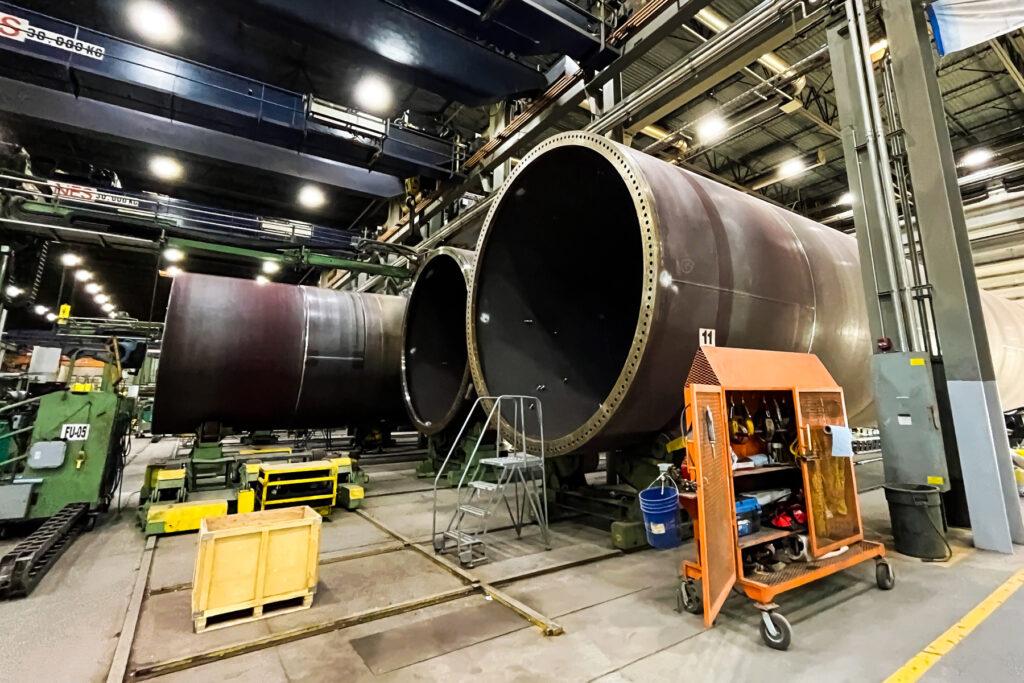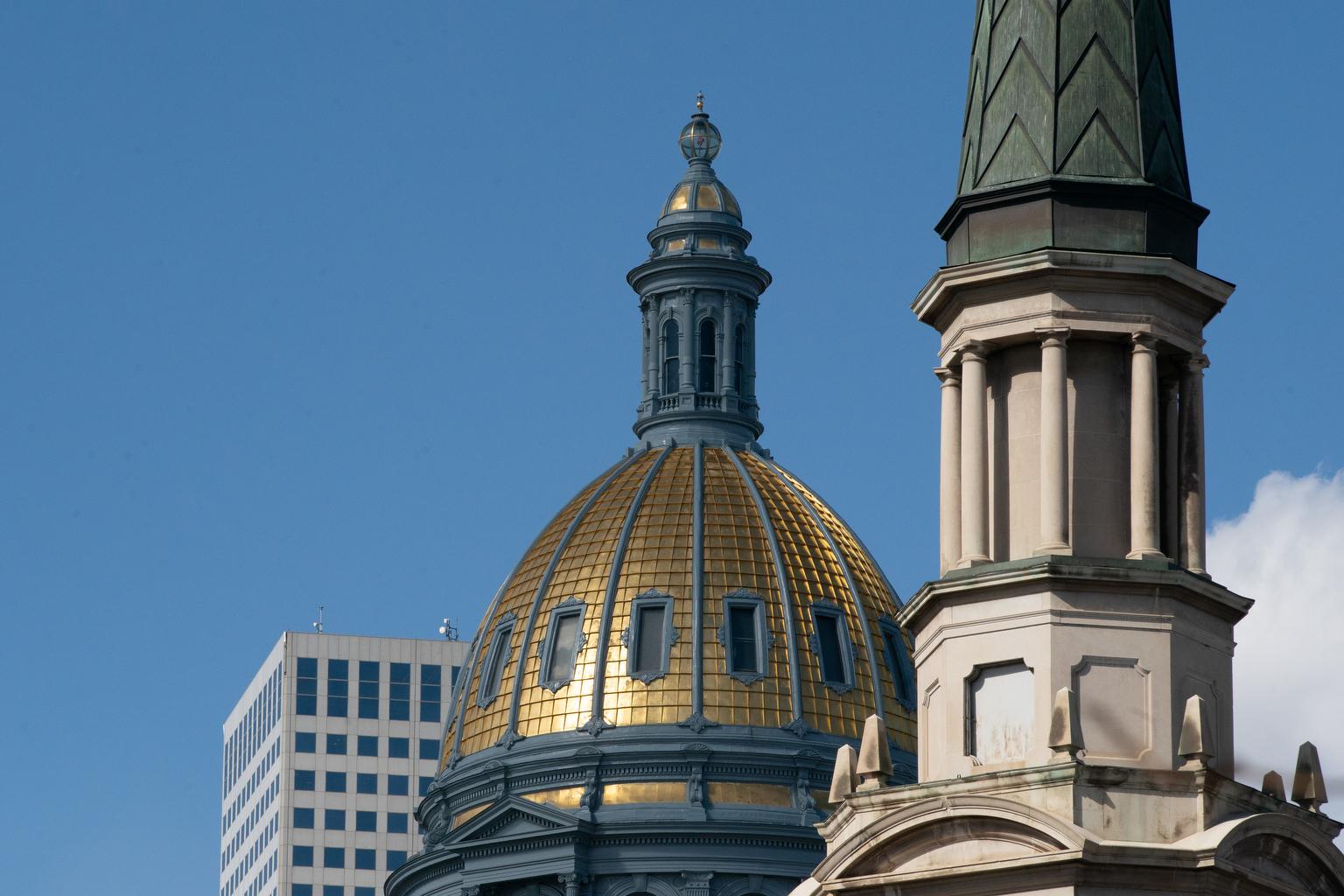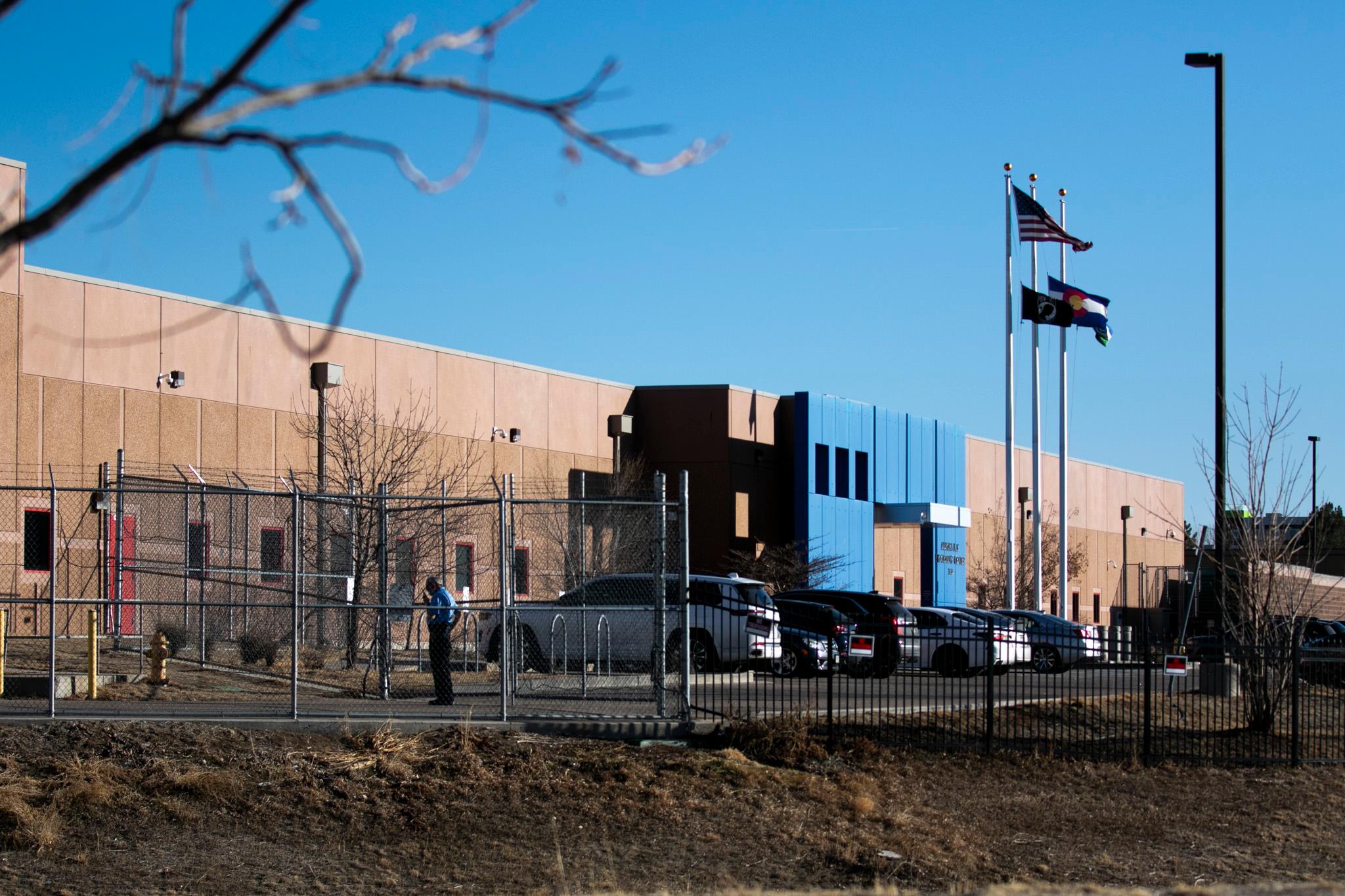
From his first day back on the job, President Donald Trump has moved quickly to follow up his campaign promise of unleashing American energy.
He declared a National Energy Emergency and signed a number of executive orders and actions aimed at boosting one part of American energy in particular.
“We have something that no other manufacturing nation will ever have — the largest amount of oil and gas of any country on earth — and we are going to use it,” Trump declared in his inaugural address.
Unlike many of the president’s other high profile actions, which are aimed at reshaping the government, industry advocates say the main point of his energy policy is just to get back to the way things used to be.
Kathleen Sgamma, president of the Western Energy Alliance, called it a return to “regular order.”
“Moving forward with lease sales, moving forward with permitting on federal lands, moving forward with completing environmental analysis,” she said.
The energy industry is a big economic driver in Colorado. It’s the 4th largest oil-producing state in the country, and is the 8th largest for natural gas. And while most of those wells are on private or state lands, Sgamma said the previous administration ignored the mandate for multiple uses on public lands by leaving out oil and gas development.
She points out that the Biden Administration failed to hold quarterly lease auctions in Colorado, as required by law. There are lots of places the industry would like to see become available.
“There's a backlog of nominations in Colorado, and we're at historic lows of leases issued. So that is one way we would expect the Trump administration to move forward,” Sgamma said.
But those who have concerns about Trump’s moves take issue with his whole framing of the issue.
“There is no energy crisis right now,” said Chris Winter, executive director of the Getches Wilkinson Center for Natural Resources, Energy and the Environment at the University of Colorado Law School. “The price of oil is less than $75 a barrel. And the oil industry in general right now is not interested in ramping up production because they're really concerned about the price of oil, and putting downward pressure on the price of oil, which would cut into their profit margins,”
Even as Trump and Republicans have argued producing more energy would help lower inflation, the U.S. is pumping more oil and natural gas than ever before.
Winter is worried that the declaration of an energy emergency will be used “as a justification for rolling back our bedrock environmental laws, like the National Environmental Policy Act and the Endangered Species Act.”
The president has said his energy orders will cut back on what he’s called burdensome and ideologically motivated regulations. The energy emergency order includes a provision that could make it possible to approve new energy development, even if it causes the extinction of an endangered species. And in one of his early executive orders, Trump changed the process for setting compliance rules for NEPA.

Another section of a recent order calls for the reevaluation of what are known as administrative withdrawals. In Colorado, that’s got supporters of protecting the Thompson Divide, which recently received a 20-year pause on leasing, concerned.
“Our hope is that, despite what's in those executive orders, that this new administration really takes note of how much broad based local community support there's been for protecting the Thompson Divide and chooses not to open it up to more leasing, and that they realize that this is just not a fight worth having,” said Erin Riccio, advocacy director for the Wilderness Workshop.
An energy crisis that doesn’t include more wind and solar
At the same time opponents are worried about the president’s push for more oil and gas production on federal land, they’re also concerned he could roll back progress on cleaner forms of energy.
De-emphasizing wind and solar, in particular, could have big consequences for the state, where renewables have been an important and growing part of the energy sector. In 2020, Colorado was ranked 7th in the U.S. for the fastest growth rate in yearly installed solar capacity. In 2023, the state was 6th in installed wind power capacity.
Trump’s definition of energy does not include solar and wind. And one of his orders halts federal wind leasing and permitting. That could be felt directly in Colorado, which is home to three different factories producing wind turbine components.

“If this administration is successful in slowing down the wind energy transition, that has implications for Colorado jobs,” said Aaron Weiss with the Center for Western Priorities, a conservation and advocacy group. “That's something that everyone should be very concerned about if you care about Colorado's manufacturing economy.”
Sgamma defended the energy emergency declaration. She said the trouble facing the nation’s energy supply isn’t production, it’s reliability. She argued the electric grid is too vulnerable to the intermittent nature of wind and solar resources, in the face of growing demand.
And bottom line, she said, Trump’s executive orders are a counterbalance to the last administration’s swing towards renewables. Sgamma said Trump recognizes that fossil fuels provide the bulk of the country’s energy overall, as reflected by his orders.
They have their place, she said, “but they were promoted — over promoted — during the Biden administration (and) overfunded during the Biden administration. They have to be heavily subsidized because they don't make sense economically otherwise.”
Weiss counters that the oil and natural gas industries had been subsidized on federal lands for a century and that the Biden administration’s moves “started to level that playing field for a little bit.”
And the energy marketplace is shifting — maybe slowly — towards renewables.
Ben Tettlebaum, director and senior staff attorney with The Wilderness Society, said even Red states are seeing their solar and wind industries grow.
But even if Trump’s order doesn’t have the production impact he’s promising, that also may not be the point.
“The declaration of a national energy emergency is as much about messaging and conveying a policy directive as it is about unlocking or unleashing any actual powers,” Tettlebaum said.
And Trump’s message so far is that he’s doing whatever he can to swing the pendulum firmly back on the side of fossil fuels.









